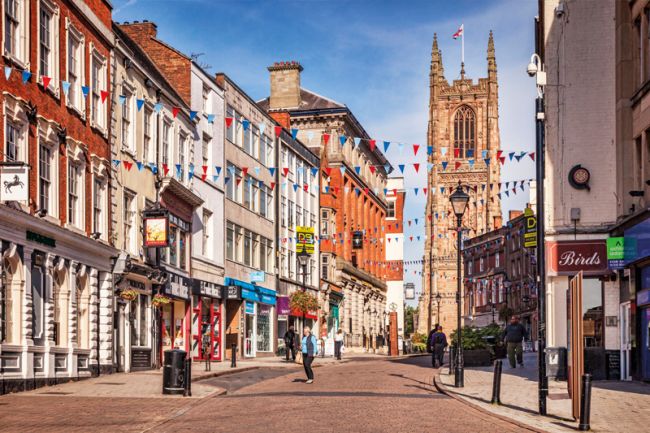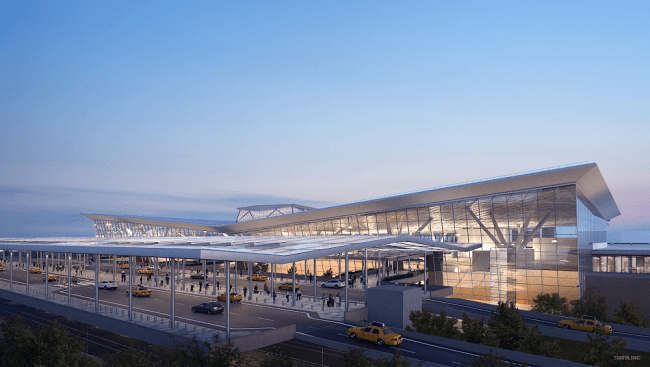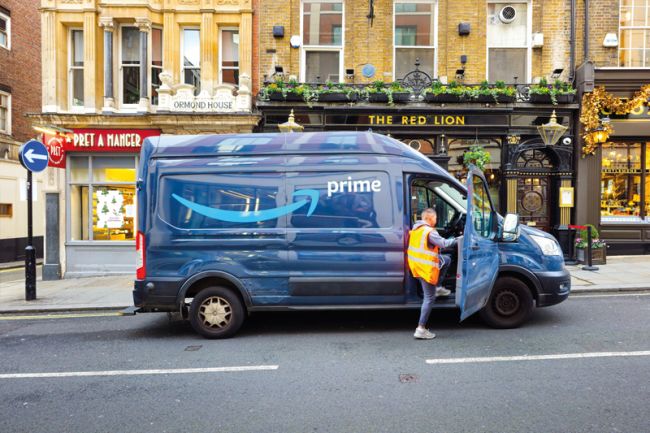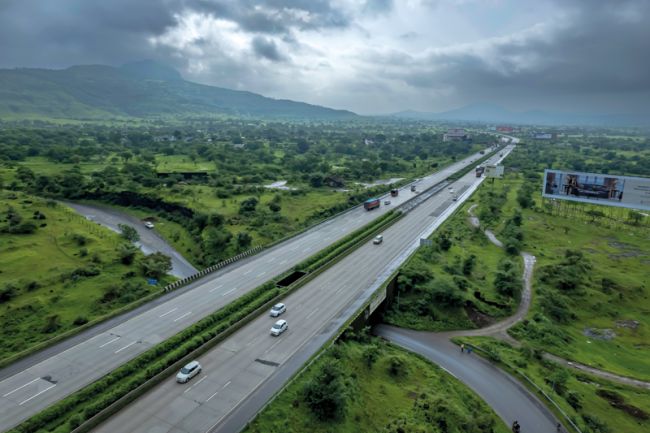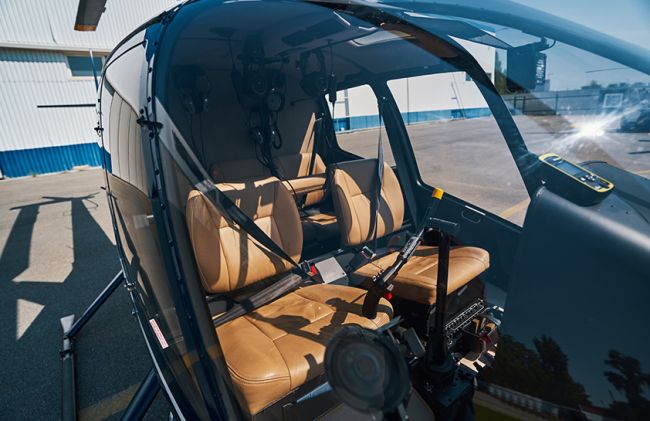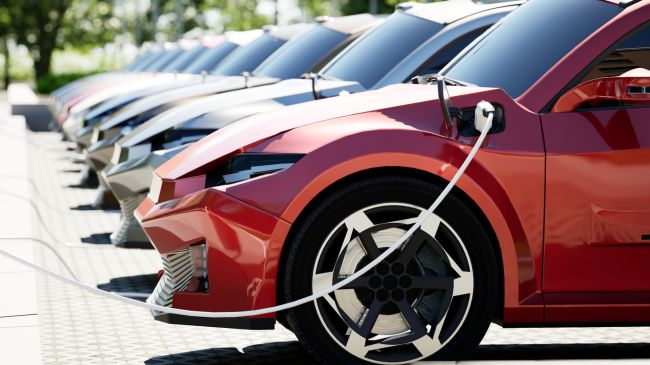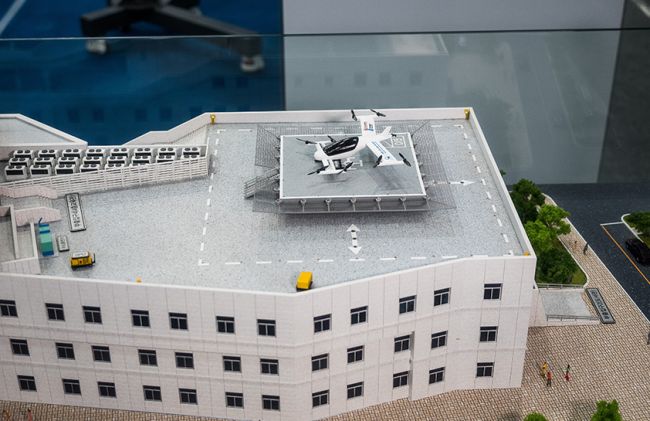Transportation and trade networks
The value of world trade has been growing by 7% per year for the last 30 years.
The value of world trade has been growing by 7% per year for the last 30 years. This globalization of formerly regional, national and continental markets has everywhere been facilitated by both investment in transportation infrastructure and the development of more efficient vehicles and operations.
The aircraft that carry both passengers and freight have seen fuel consumption halved since 1950, and real air fares have fallen by an average of 20% a decade over that period. After deregulation in 1980, real rates for road and rail transportation in the United States both halved in 20 years, equivalent to a fall of 30% per decade. At sea, the expansion of the Panama canal will see the number of 40-foot containers per ship rise from 2,500 to 6,000 although the largest deep sea ships can already carry 9,000.
Unlike air travel and deep sea shipping, road and rail require extensive land-based infrastructure, but the expanding and linking as market opportunities drive a need for new services over greater distances. Since 2013 a container train has linked China and Germany, covering 6,000 miles in 15 days, much faster than shipping, and is now running four times a week.
The world’s oceans are open to all traffic, and larger, more fuel-efficient ships will be adopted wherever there are markets to fill them. In the air, only 18 years separated the introductions of the Boeing 747-400 and the Airbus A380, which has 50% more space and consumes 20% less fuel per seat. Open Skies between Europe and North America increasingly allows airlines to fly anywhere, subject to finding landing slots at increasingly busy airports.
On land, however, both political and organizational change are needed to allow wider free movement of goods. For road freight, Europe’s Schengen area of 26 states, with a population of 400 million, has become effectively borderless, with no frontier controls or delays. For rail freight, in contrast, services have often developed as, or become, integrated local monopolies poorly-suited to transporting freight across continents. The US and Canadian railroads have long learnt to agree open access to each other’s networks, particularly to allow imports through west coast ports to reach any market. In Australia, the former monopoly railways in each state have transferred control of infrastructure to a single body and now compete, with private sector entrants, to transport freight anywhere on the interstate network.
In Europe as a whole, monopoly rights have been removed, permitting efficient rail operators to compete to carry freight anywhere within the market of 500 million people. In Brazil, the system of regional monopoly railway concessions, introduced in the 1990s, is now being reviewed, with the aim of allowing open access across a national network extending 2,000 miles south from Belém to Rio Grande do Sul.
Mexico’s railways have also shown strong growth in the carriage of domestic traffic, as the chart above shows, but in the coming years are likely to see further growth as barriers to domestic and international trade continue to fall. One possibility is increasing integration into a single open market “railway space” from the Pacific and Gulf coasts of Mexico to the Pacific and Atlantic coasts of Canada.
Looking to the future, the efficiency of transportation will continue to improve, as new trucks and aircraft replace older and less efficient ones, and increasingly deregulated markets allow transportation and logistics companies to provide a range of services at competitive prices.
